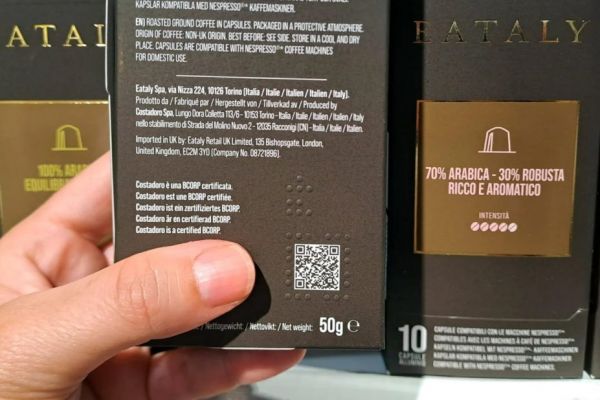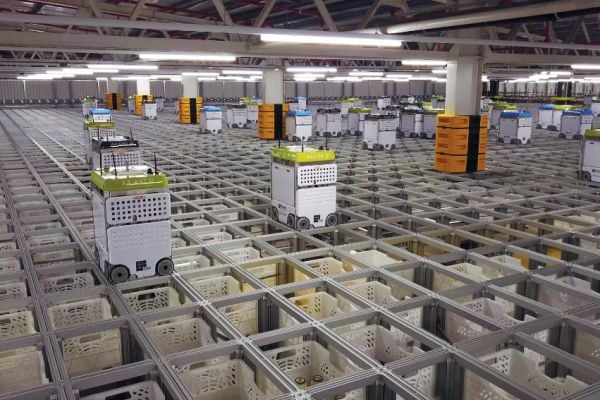The Latin American food and beverage industry looks set to grow in 2024, following a positive 2023, new research from GlobalData has found.
According to GlobalData, Argentina, Brazil, Chile, Colombia, Mexico, and Peru collectively saw food industry volumes increase 1.8% last year, while beverage industry volumes rose 3.7%.
GlobalData believes a number of factors have contributed to this growth, including the rising importance of social media, on-the-go and indulgent consumption, and the revival of the region's tourism industry.
“Latin America’s food and beverage sector is a dynamic and growing industry, which will benefit from trends such as social shopping on social media platforms, health-conscious consumption to help consumers maintain their health and wellbeing goals, and continuing to provide high-quality, unique, and personalised products and experiences," commented Alexis Becerra, consultant and food and beverage analyst at GlobalData.
According to GlobalData, the following five trends are likely to play an important role in the LATAM food and beverage market in 2024.
1. Social Shopping
Recommendations on social media are important to 45% of all consumers, while 59% of consumers are shopping online more frequently, according to GlobalData’s third quarter 2023 consumer survey.
Social shopping is when consumers use social media directly to buy goods, effectively cutting out the need to visit the physical store, or visit the brand website.
The research indicates that Instagram and TikTok have gained popularity for social shopping in Latin America, due to product recommendations available on these platforms, coupled with their widespread use on smartphones and other smart devices, which facilitates easy payment processes.
For example, Brazil’s Grupo Pão de Açúcar recently collaborated with Yalo to introduce a WhatsApp sales channel, which provides express delivery and click-and-collect options to customers.
2. Health-Conscious Consumption
Some 51% of consumers remain confused about which food and drinks are healthy, according to GlobalData. This can be an opportunity for food and beverage companies, provided they take the right approach.
To maximise the potential of health-conscious consumption, where consumers search for and buy products or services in line with their health goals, food and beverage companies need to be more transparent in labelling and packaging when it comes to the nutritional value of products.
3. Restrained Hedonism
Restrained hedonism reflects when a consumer shows a willingness to enjoy treats, but will generally pick healthier options when choosing between brands.
GlobalData's research shows that consumers are likely to still enjoy snacks, desserts and alcohol beverages, but will choose desserts with lower calories or beer with lower alcohol if possible.
For example, in Latin America, Cero Cero bread and Tortillinas, both from the bakery manufacturer Bimbo, provide low-calorie options for consumers.
4. Value Scepticism
Consumers are now expecting more from brands and supermarkets and are not afraid to be inquisitive or even sceptical about advertising that seems too good to be true, according to GlobalData.
This is linked to concerns over 'greedflation', meaning that customers are becoming weary of price hikes from brands. Customer loyalty is not inexhaustible where cost is concerned.
According to GlobalData, it is essential that brands or supermarkets don't make claims that they cannot back up when it comes to value or quality.
5. Value Connoisseurship
In a trend that might have been influenced by the cost of living crisis, consumers are not embarrassed to buy duplicate or secondhand items in order to keep a balanced budget. This can also be seen as a way to 'shop ethically' by taking part in the circular economy.
This also includes supporting local suppliers rather than multinational companies. Brands and supermarkets can capitalise on this by supporting local producers and locally-sourced ingredients.
According to GlobalData, traditional small-scale producers are capitalising on the expansion of informal markets throughout Latin America. These markets cater to consumers who prioritise traditional culinary practices, locally sourced ingredients, and artisanal production methods.













